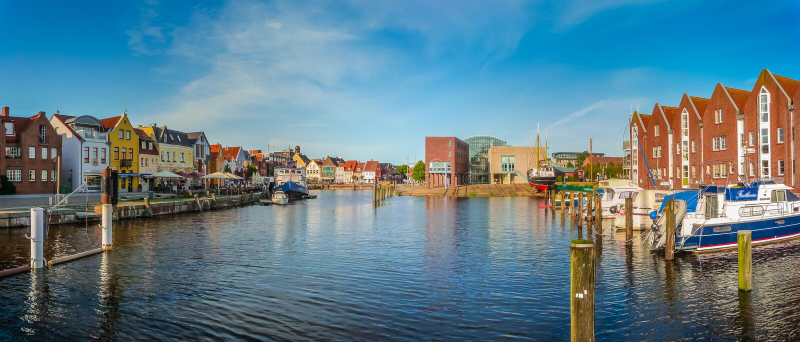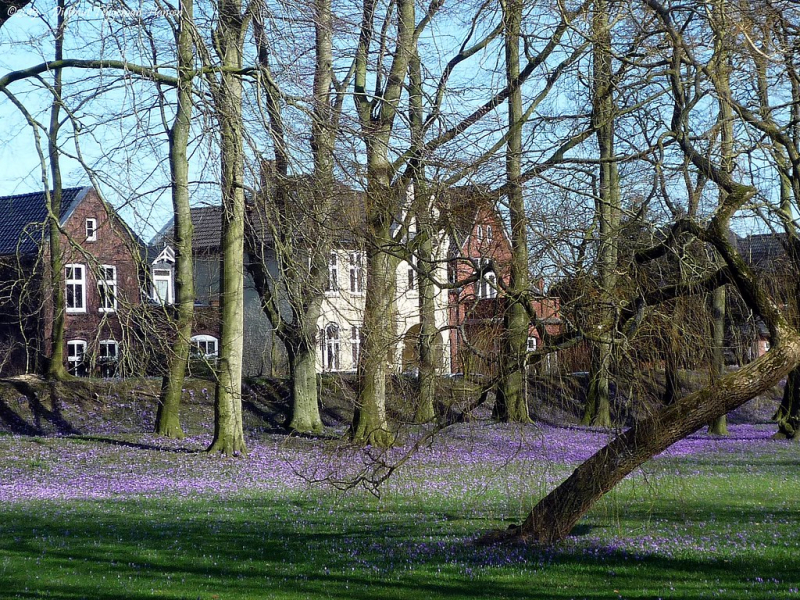Husum
This port city stands out for its modernity and has hosted writers, philosophers, painters, and musicians. It has been destroyed on numerous occasions, the most of which were due to its responsible nature. This has given it a distinctive, resilient, and forward-thinking character. Allow yourself to be enchanted by its streets, structures, and way of life to discover a culture that reveres and fears the sea.
Husum, like the majority of North Sea communities, was always significantly impacted by storm tides. The "Grote Mandrenke," a devastating storm tide, swamped the town and dug out the inland harbor in 1362. Husum wasn't situated next to the coast prior to this period. By utilizing this chance, the city's residents constructed a market, which resulted in a significant economic boom.
Husum saw a sharp increase in population between 1372 and 1398, during which time Oster-Husum (East-Husum) and Wester-Husum (West-Husum) were established. In 1409, the name Husum first appears. On the Carta Marina, it is depicted as Husem in Frisian. In 1431, it had its first church erected. It was given Wisby powers in 1582, and in 1603 it gained
- Location: Nordfriesland















